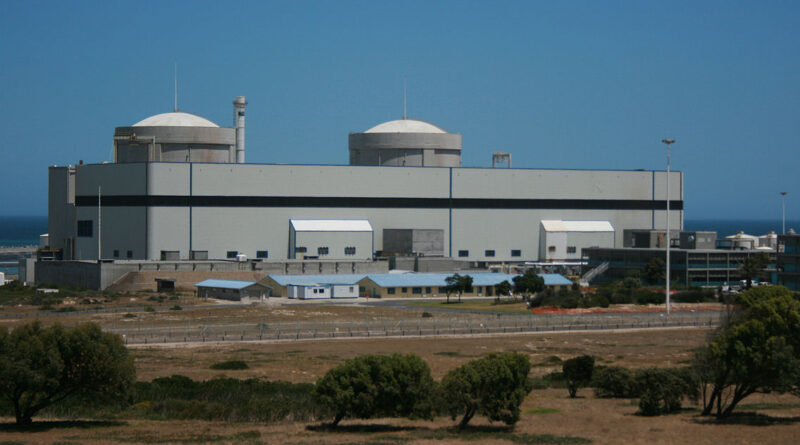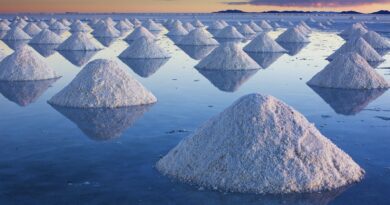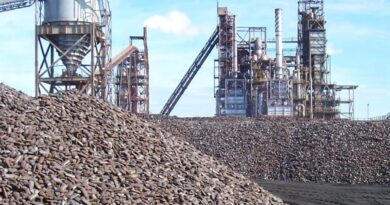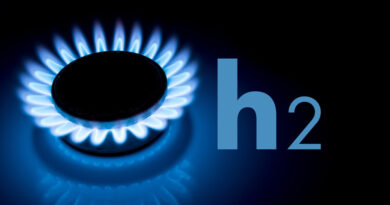Nuclear Renaissance: 60 reactors are under construction across the world
We are experiencing an historic moment in nuclear energy. The West — and much of the rest of the world — is embarking on a second nuclear renaissance.
About 60 reactors are under construction across the world, and at least another 110 are planned. To put into context, there are about 440 nuclear power reactors currently operating globally. Restarts and expansions of older reactors are announced on an almost weekly basis.
The main reasons include the high energy demand of data centers to power artificial intelligence and the race to meet net-zero targets. Such an historic expansion of nuclear energy will require significant amount of uranium.
The US, for example, would need to triple uranium supply to support plans to expand to 300GW of nuclear power.
The West, however, does not want to put itself at the mercy of supply chains vulnerable to influence from China and Russia. Just, this month, China banned the export of critical minerals antimony, germanium and gallium to the US.
Cornerstone of the West’s supply
There are, of course, other sources of uranium in the world, but none so abundant and securely located as the resources in the Athabasca Basin.
The Athabasca Basin’s significance stems from several factors:
- high-grade deposits: as highlighted at the top, the concentration of uranium in the Athabasca Basin deposits is exceptionally high, exceeding the global average by 10 to 100 times — allowing for cost effective extraction
- proximity to US: the US is accounting for about 30% of worldwide generation of nuclear electricity, and with the surge of investment in data centrers for artifical intelligence and net zero, old reactors are being restarted and new reactors being brought online — creating significant demand for uranium.
85% of Canada’s uranium production is exported, with the US and then Europe as the two largest markets (Asia is third). But, also, domestically, Canada is set to significantly expand it’s own nuclear power fleet, for example the expansion of Bruce Power in Ontario to be the world’s biggest reactor - stable geopolitical environment: Canada’s stable political landscape and supportive regulatory framework provide a secure environment for uranium investment and mining companies.
- established infrastructure: the Athabasca Basin benefits from well-developed infrastructure, including roads, power lines, and a skilled workforce.
A new era of uranium production is being developed in the Athabasca Basin, as geopolitical tensions rise and the demand for clean energy surges, this Canadian treasure trove of high-grade uranium is set to play a pivotal role in securing the future of nuclear energy.




